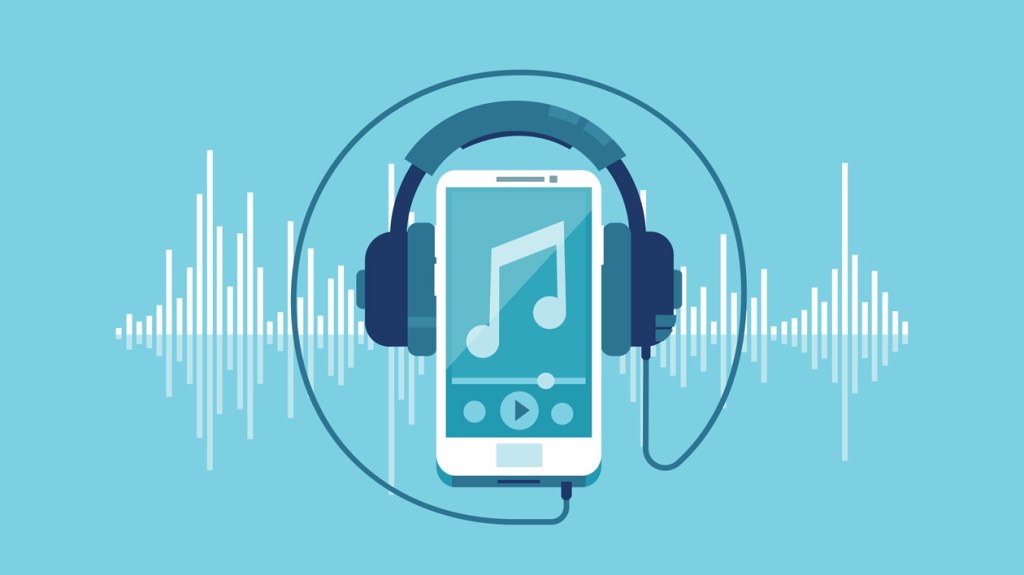Twelve years after Spotify launched in the United States and 18 years into YouTube, music streaming is so ingrained in American behavior that 91% of the US internet population has used a music streaming service in the past year, according to 22nd edition of MusicWatch's Annual US Music Study.
According to the report, released on Monday (March 11), the number of US subscribers to music services such as Spotify, Apple Music and Amazon Music Unlimited will reach 109 million in 2023 — meaning more than half of users of US internet users aged 13 and older now pay for a music streaming service. That number rises to 136 million if SiriusXM and Amazon Prime Music are included. SiriusXM is primarily a satellite radio service that also has an Internet product. Amazon Prime provides streaming music to customers who sign up for Prime for free shipping and other perks.
In 2012, just 56% of Americans used any kind of music streaming service. That number jumped to 69% in 2014 and crossed the 80% mark in 2018. But 2023 was the first time music streamers surpassed 90% of the internet population. MusicWatch measures music streaming on ad-supported audio platforms like Spotify and Pandora, paid services like Apple Music, and video services like YouTube. For the sake of this research, short-form video platforms such as TikTok and Instagram Reels are not considered music streaming platforms.
The number of people streaming music has grown even faster than the percentage of the population that does. In 2012, the Internet population in the US was approximately 125 million. By 2023, it had grown by nearly 60 million to 193 million. The way people access the Internet has changed during this time. In the early days of the Internet, people mostly had a dial-up connection at home, but over time, home Internet access improved while mobile Internet use exploded.
The prevalence of mobile internet has played a major role in the adoption of music streaming. Not long ago, the director of MusicWatch Russ Krupnick noticed a shift in the reasons people paid for subscription services. Early subscription adopters were heavy users who found value in features like playlists, connecting to their social networks, and recommendations. Then, about five years ago, Crupnick discovered that new subscribers' reasons for paying a monthly fee began to change.
The latest users of paid music streaming services care more about access than features, Crupnick says. As more people had smart speakers, bluetooth headsets and in-dash entertainment systems in their cars, it was important that services offered a seamless listening experience as they moved from place to place. “It just works,” he says of subscribers' reasoning for paying. “It works anywhere I want and it works on all my devices.”
Per capita spend on recorded music increased by 7% from 2022 as music subscriptions, CDs and vinyl recorded double-digit gains. That improvement came from both organic growth and price inflation, Crupnick says. Music subscription services pushed through a series of price hikes after keeping their prices mostly unchanged for several years — Apple Music in October 2022, Spotify in July, YouTube Music also in July and Amazon Music in August.
from our partners at https://www.billboard.com/pro/music-streaming-u-s-subscribers-total-million-2023/
